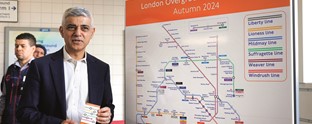Where everybody knows your name
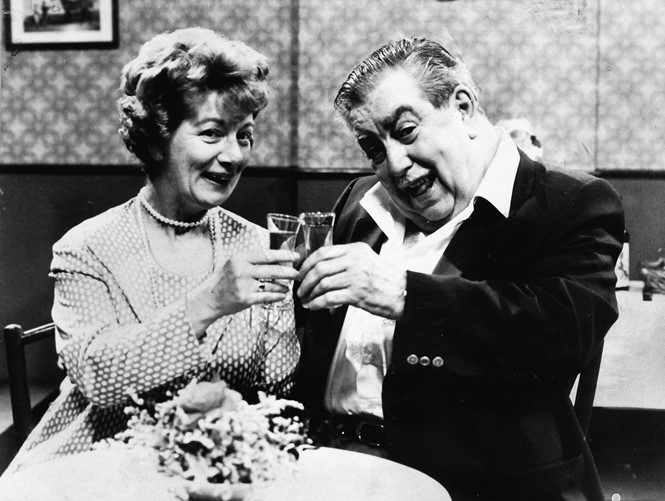
The transformation of pub brands can help create places where
people want to be. Clive Woodger, founder of SCG International, analyses the state of pub and alcohol brands in the UK
Designing and managing 'places where people want to be' is a basic mantra for all those involved in creating destination brands, whether they are shopping centres, retailers, banks or business centres. This has to be the credo of leisure and entertainment facilities of which pubs certainly represent.
The history of the pub is a story of both continuity and transformation. Public houses can be traced back to Roman taverns (tabernae) serving refreshment to travellers along the Roman roads network and they have been a symbolic part of British culture ever since. In villages, they became the focal point of the local community. Along major road arteries they developed as inns, also providing food and lodging. In the 18th and early 19th century the introduction of gin lead to a huge expansion in the number of hard drinking establishments followed by the 1830 Beer Act that led to the opening of 46,000 beer houses over an eight- year period until this growth was checked by licensing laws.
Today, pubs are continuing to change and reinvent themselves to meet new market dynamics. Cultural shifts and long term trends about how people use their leisure time are putting increasing pressure on pubs. There is more competition, not just from alternative venues such as coffee shops and wine bars, but also from the increase in stay-at-home drinking and socialising. For many of the previous generation, the pub was a principal leisure destination. Now people have many different choices and their own homes have become entertainment zones in a way that they were not before. Households now spend more on alcohol consumption at home than they do in pubs, bars and restaurants. The British Pub Association says up to 29 pubs close every week in the UK, the majority of them in suburban areas but also in villages that once sustained three or four pubs. In cities, pubs that acted as key local community venues have been converted to residential or other use, reflecting property price inflation, particularly in London.
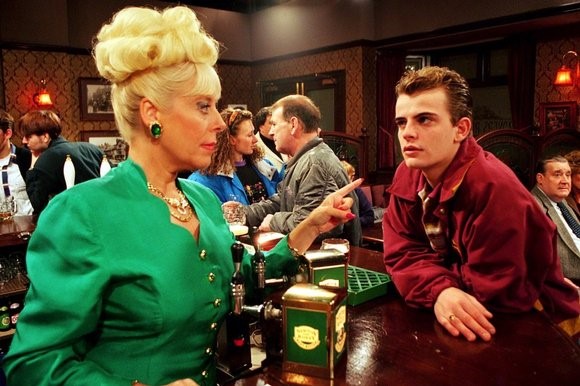
With the decline in beer sales and changing customer demographics, pubs have had to find new revenue streams to compensate. Today, around 90% of managed pubs serve food. This has led to the gastropub phenomenon and to variations of the food-led theme such as bar and brasserie pubs.
The casual dining sector is the fastest growing segment of the overall UK food sector and pubs account for the fastest growing proportion of this increase. This has been at the cost of independent restaurateurs who do not have the economics of scale and marketing clout of the big operators.
The reasons for growth are the essential components of any brand offer – providing perceived good value, quality and consistency – together with the increasingly magic ingredient, great social experiences. That’s the added value factor, the emotional connection that differentiates one ‘experience brand’ from another.
The managed pub groups have moved in on this expanding sector, having realised a long time ago that a food led estate is the future – coffee, breakfast, lunches and dinner. An eating out survey by CGA Brandtrack last year, showed that while Nandos, predictably came first, it was closely followed by two food pub brands, JD Wetherspoon and Harvester. They were in front of the more expected branded eating-out-of-home operations like TGI Fridays, Giraffe and Carluccio’s.
A core brand touchpoint is obviously drink as well as food. As with pub brands, names, identities and imagery, the way drinks are packaged, presented and promoted covers every spectrum from cool chic to retro traditional labels, from the fanciful to simple minimalistic.
In contrast with the limited offers of the past, pubs provide an increasingly wide diversity of offer. Taste, quality and sourcing are both USPs and ESPs – unique and emotional selling points. UK consumers now drink 20% less alcohol than they did 10 years ago and soft drinks now outsell alcohol in some Mitchells & Butlers pubs.
Independent suppliers are fuelling demand for locally- produced craft beers as reflected by CAMRA, Campaign for Real Ale, activities. Its guides, reviews and events are promoted on Twitter, Facebook and through its Good Beer Guide app. Even though craft beers have gone mainstream, with sales through supermarkets, pubs still have the edge in providing the authentic draught beer and bartender experience.
Similarly, mixing cocktails at home is less attractive than the chance for enjoying the theatre of a new breed of bartenders, so called ‘mixologists’ now to be found performing in slick bar venues. Trendy cocktails can match the colour, ‘flavour’ and style theming of the surroundings – and even that of the customers themselves.
Gin is now enjoying a renaissance with craft and artisan gins strongly promoted across social media. Their brand stories, imagery and visual appeal, with seemingly limitless innovative combinations, make for ideal media content. Vodka is still dominated by Smirnoff and Absolut with their mega marketing budgets, while 40% of trade sales are supermarket own label brands. The principles of creating distinctive brand narratives and theming particularly applies to this product sector, typically fought over in terms of provenance by different country of origin producers.
Cider has been repositioned from its previous down market image by companies like Magners using carefully targeted advertising to change perceptions. Containing typically a third less alcohol by volume than wine, and being a good complement to food, cider may well become the alternative wine of the future. Fruit ciders like Kopparberg have expanded and artisan producers satisfy the more discerning drinker for whom the narrative and brand story are key added value ingredients.
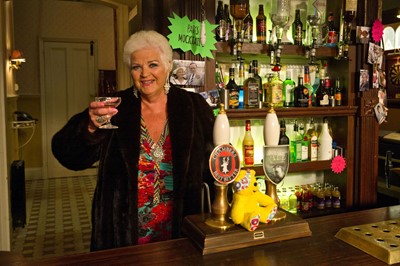
The major pub operators carefully engineer and focus their estates to clearly differentiate their offer for target audiences
There are around 57,000 public houses throughout the UK, of which around 30,000 are owned by pub companies and regional breweries. The major pub operators carefully engineer and focus their estates to clearly differentiate their offer for target audiences. JD Wetherspoon identifies town centre buildings, most of which were not previously pubs, and provides through-the-day food offers, as well as catering for drinks-only customers. It now extends the brand to Wetherspoon hotels. All Bar One, a Mitchells & Butlers’ brand, typically converts old bank premises and shops on the high street. Depending on the time of day, these venues are used by people working, meeting, socialising and relaxing, as well as simply eating and drinking. They have become destination brands for different types of occasions and, as ‘place brands,’ have an urban community function.
The design, style and treatments of pub environments are highly diverse. Target customer profile and location are the key drivers in determining the desired image, ambience and experience. A glance at Pinterest or Instagram immediately throws up every conceivable variation from the traditional to latest hip venues.
Pubs have come a long way from the sawdust on the floor, gloomy interior, old men propping up the bar image, but their heritage still has positive associations which the sector leverages to its advantage in terms of being a warm, friendly destination. Travellers abroad are often faced with classic versions of traditional Irish and English pubs looking incongruously out of place in contemporary environments such as airport facilities – an oasis of ‘British’ history transported to a foreign land.
Another trend is to be anti designer, reacting against technical and sensory overload by creating a home dining environment. This ‘in your front room’ experience recreates a comfy living room style with sofas, domestic colours, interiors and fittings that attracts those who don’t want to feel they have to dress up to fit the venue chic.
Families are a major growth customer segment within the ‘out of home’ market evolution. While adult only occasions are in decline, pubs are in a position to target both groups successfully. Through effective planning and zoning, pubs can provide a variety of social experiences whether informal and interactive, or private and individual.
Every sector now talks about the challenges and importance of engaging Millenials and reaching them through social media. Pubs are no different. This vital and fussy audience typically want provenance, and a ‘look behind the label’ transparency which shows authenticity, quality and ethical credentials, and they want it new and now. Social media is about sharing experiences, often using images rather than words, and pubs are ideal stage sets for promoting customer performances and fun experiences – a pub’s key offer.
Like most retail and service brands, the key touchpoints for pubs are both tangible and intangible – the actual quality and range of food and drinks, to the more emotional factors, such as ‘a sense of place’, services and people interaction. By definition, pubs must be successful experiential brands. They need to have their own distinctive ambience and vibes to differentiate themselves in a competitive market. They will continuously need to respond to a dynamic and changing marketplace, but one unchanging principle for success will always be about creating a venue experience where people want to visit, again and again.
Making pubs social, again
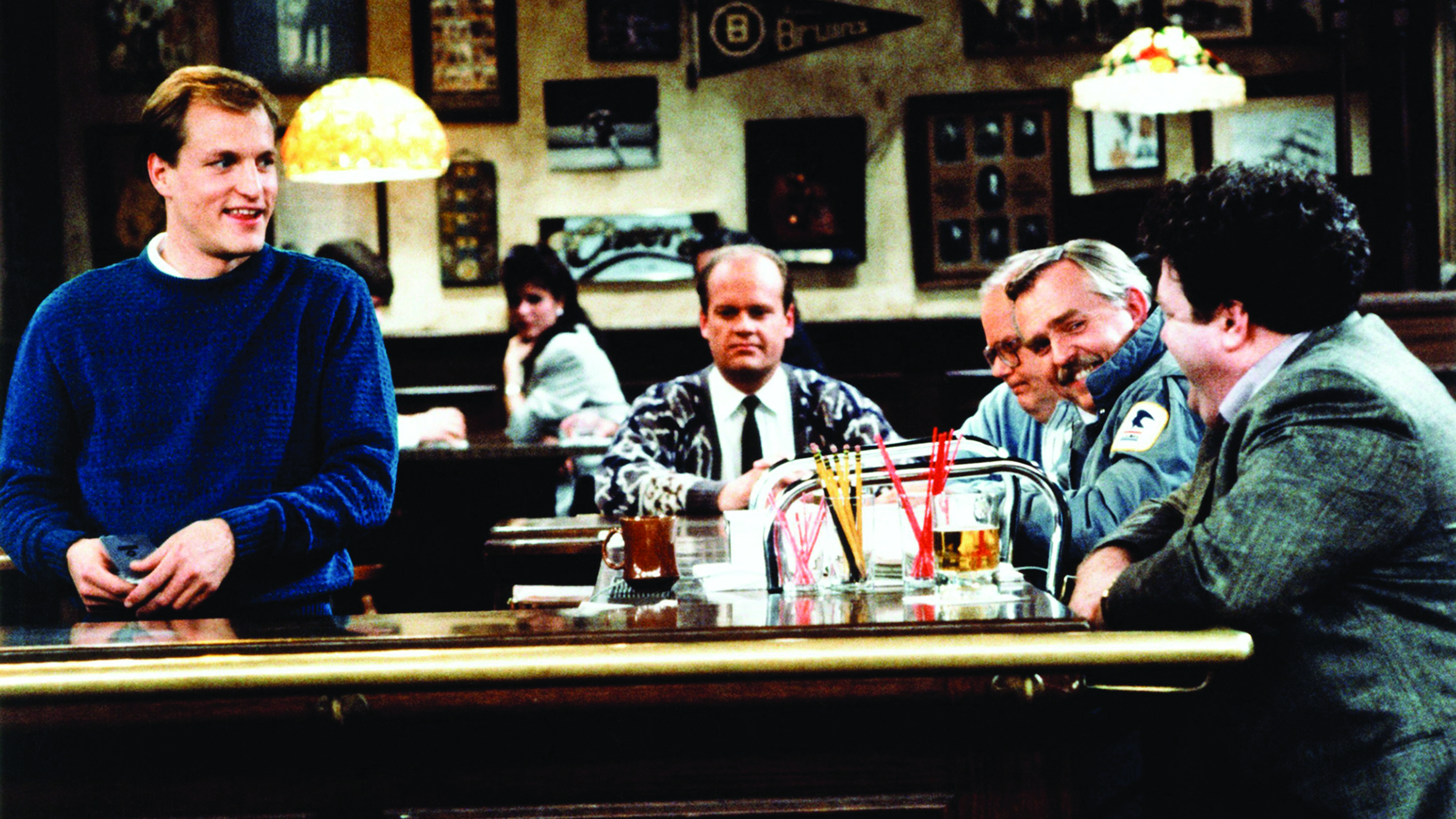
Karen Fewell, founder of Digital Blonde Ltd and the Food Marketing School
Thanks to social media you could argue it has never been easier for pubs to reach their Millennial target audience; it is equally true to say that it has never been harder to reach them either. In reality, the tough competition pubs and bars face on the high street is present online too, where there are multiple food, drink and hospitality brands competing to be heard.
For pubs to really use social media successfully, it’s important to think about the way people make their decisions around food and drink. Studies have shown that of the 200 or so decisions a day people make about food, most of these are made subconsciously, even when it seems to be a rational choice. There’s a real need for pub and bar brands to connect with customers on a more emotional level. Considering how the choice of pub or the decision to book a table somewhere is often a matter of just a few clicks, the importance of this is even more clear.
Social media can be an effective way of achieving a connection with customers when they are not physically present. The key is to focus on growing a community and building genuine long term relationships, as opposed trying to achieve short term sales success. Consumer’s today are more transient in their relationships with brands and more likely to unfollow or unsubscribe if they don’t like the content they see or if they feel they are constantly being sold to.
Pubs and bars should note that there is a balance to be struck when it comes to eating out and social media use. A study known as the ‘iPhone Effect’ concluded that conversations and interactions were rated as significantly superior without the presence of a mobile device. At Digital Blonde, we recently ran an experiment to explore whether the same might be true for dining out. What we discovered was that when smartphones were removed from the dining experience, after some initial anxiety, diners actually had a better, more multisensory experience. It seems that smartphones have to a degree, desensitised consumers and decreased their in-the- moment enjoyment of eating out.

